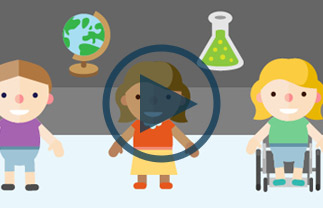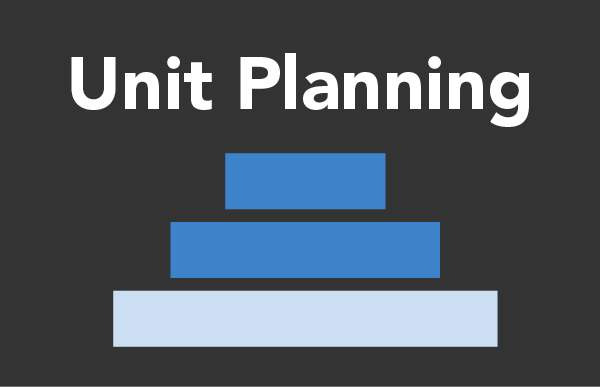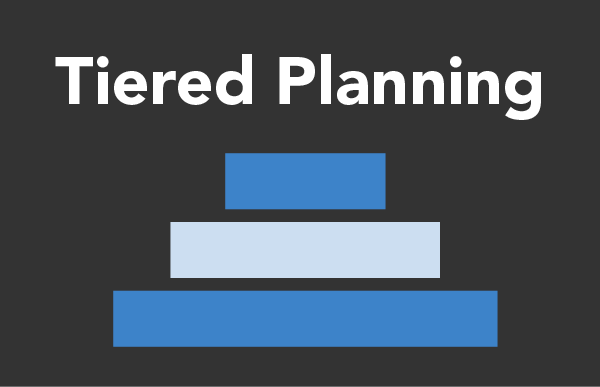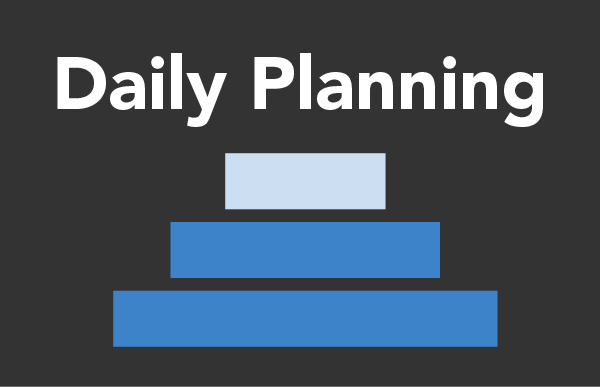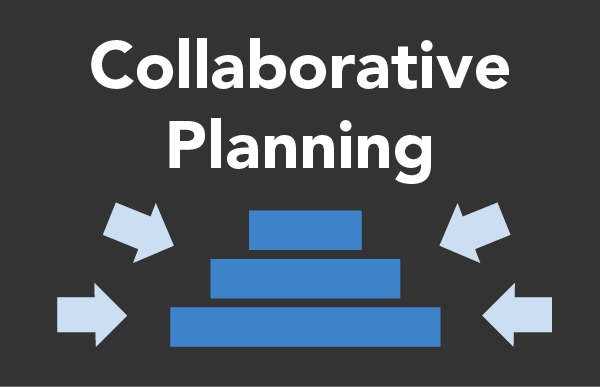Planning to Meet the Needs of Diverse Learners
Providing daily standards-based instruction for learners with complex and multiple disabilities, such as autism and deaf-blindness, requires a variety of materials, strategies, and differentiation. Quality instruction cannot be provided without detailed, collaborative pre-planning . Planning is essential to the delivery of high quality instruction. Plans should include the identification of learning targets based on both academic standards and transition skills and concepts such as social emotional skills and life applied skills. Planning should include the integration of Universal Design, differentiation and individualized instructional strategies, tools and interventions. This section of the website provides guidance and resources as you plan to meet the needs of diverse learners across all learning environments (LRE’s). Discussion will include unit planning, collaborative tiered planning (MTSS tiers of support), and daily planning. Co-planning is also addressed in further detail as it aligns with the Ohio Improvement Process (OIP) and State Professional Development Grant (SPDG) work around equity and inclusivity.
Important Concepts:
- Planning for ALL students means that “tiers of supports” and instructional methods will be needed
- Pre-planning directly aligns learning targets and standards to instruction and assessment
- Planning should address and include both pre and post assessments, ensuring they are universally designed and tiered so all students can show what they know
- Student specific accommodations, assistive technology (AT), and scaffolds should be included in tiered plans to ensure that individualized education program (IEP) requirements are met
- Look to Science and Social Studies standards as they contain concepts that can guide unit themes at each grade level or grade band
- Identify tools and materials for each lesson in advance so that they can be gathered and/or created ahead of time
Self-Check:
- Are pre and post assessments accessible to all students so that they can each show what they know?
- Are materials used in teaching each lesson individualized or adapted to meet the learner’s needs/challenges and strengths?
- Is the activity aligned to learning standards that are an age/grade match for all learners in the class?
- Does the assessment measure student knowledge of the pre-determined learning target/standard?
- How might having a plan change the outcomes for one or more students in the class?
- Why are some students not participating or engaged in class activities? Could access to prepared materials change their ability to participate?
